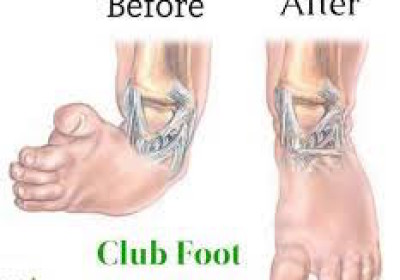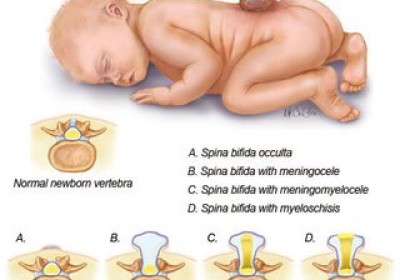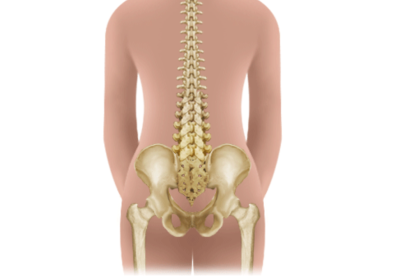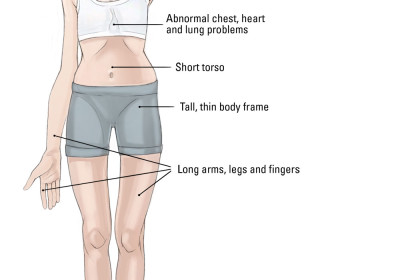- Home
- Resources
- Patient Release Form to obtain your records from other Physician
- Patient Release Form to release your records to other Physician
- Insurance and Billing
- What should I bring to Appointments
- Glossary in English
- Glosarios de Examenes de diagnostico
- High School Sports Injuries
- Stretching Exercises for Sports
- Childhood Obesity and bone, joint & muscle health
- News
- Staff
- Conditions
- Galleries
- FAQ
- Zink Blog
- Contact
Pediatric Scoliosis
Pediatric Scoliosis
What is scoliosis?
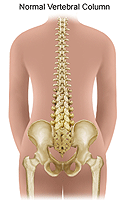
Scoliosis is a type of spinal deformity and should not be confused with poor posture.
Spinal curvature from scoliosis may occur on the right or left side of the spine, or on both sides in different sections. Both the thoracic (mid) and lumbar (lower) spine may be affected by scoliosis.
Treatments
What is the treatment for scoliosis?
Specific treatment of scoliosis will be determined by your child’s physician based on:
- Your child’s age, overall health, and medical history
- The cause of the scoliosis
- The extent of the condition
- Your child’s tolerance for specific medications, procedures, or therapies
- Expectations for the course of the condition
- Your opinion or preference
The goal of treatment is to stop the progression of the curve and prevent deformity. Treatment may include:
- Observation and repeated examinations. Observation and repeated examinations may be necessary to determine if the spine is continuing to curve, and are used when a person has a curve of less than 25 degrees and is still growing. Progression of the curve depends upon the amount of skeletal growth, or the skeletal maturity of the child. Curve progression slows down or stops after the child reaches puberty.
- Bracing. Bracing may be used when the curve measures more than 25° to 30° on an X-ray, but skeletal growth remains. It may also be necessary if a person is growing and has a curve between 20° and 29° that isn’t improving. The type of brace and the amount of time spent in the brace will depend on your child’s condition.
- Surgery. Surgery may be recommended when the curve measures 45° or more on an X-ray and bracing isn’t successful in slowing down the progression of the curve when a person is still growing.
According to the National Institute of Arthritis and Musculoskeletal and Skin Disorders, there is no scientific evidence to show that other methods for treating scoliosis (for example, chiropractic manipulation, electrical stimulation, nutritional supplementation, and exercise) prevent the progression of the disease.
What is the long-term outlook for a child with scoliosis?
The management of scoliosis is individualized for each child depending on his or her age, amount of curvature, and amount of time remaining for skeletal growth. Scoliosis will require frequent examinations by your child’s physician to monitor the curve as your child grows and develops. Early detection is important. If left untreated, scoliosis can cause problems with heart and lung function.



